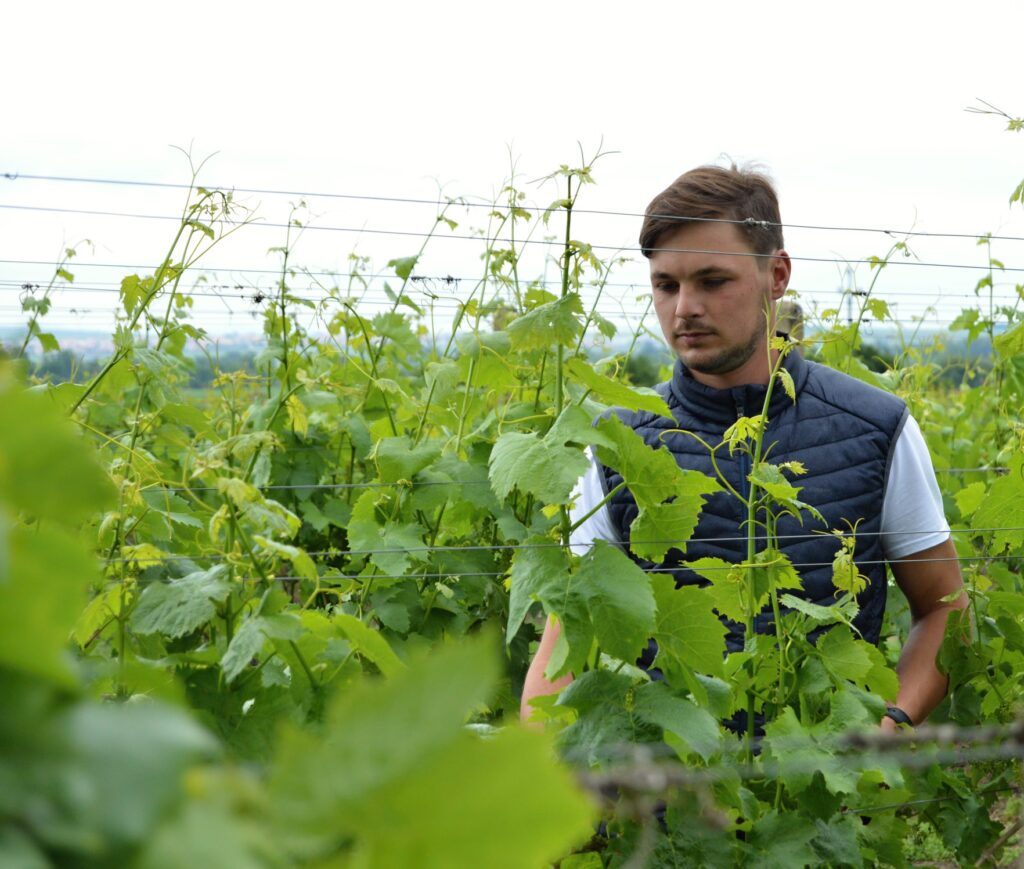Content
- The Oxford House Network:
- A Descriptive Look at the Mission, Obstacles, & Strategies Used by the Operators of Recovery Residencies
- Thinking About Returning To Oxford House?
- DePaul University Research on Oxford House
- All Oxford Houses of Virginia Listed as Certified Recovery Residences
- Link to live streaming of General Sessions coming soon!
After treatment for substance abuse, whether by prison, hospital-based treatment programs, or therapeutic communities, many patients return to former high-risk environments or stressful family situations. Returning to these settings without a network of people to support abstinence increases chances of relapse (Jason, Olson & Foli, 2008). As a consequence, alcohol and substance use recidivism following treatment is high for both men and women (Montgomery et al., 1993).

D’Arlach, Olson, Jason, and Ferrari (2006) found that the children residents had a positive effect on the women’s recovery, and this positive effect was identical for both mothers and non-mothers. It is possible that these positive effects are due to the fact that having children present leads to increased responsibility among all House residents, aiding in recovery. As of 2008, there were 321 women’s Oxford Houses with 2,337 women, and 982 oxford house rules men’s Oxford Houses with 7,487 men, for a total of 1,303 houses serving 9,824 people (Oxford House, 2008). Of the residents, 18% were veterans, and 91% were working with average monthly earnings of $1,480. Most residents had been addicted to drugs or drugs and alcohol (73%) whereas 27% had been addicted to only alcohol. Regarding marital status, 45% had been never married, 18% were separated, 33% were divorced, and only 4% were married.
The Oxford House Network:
Limited research, however, is available regarding how Oxford House settings compare to other treatments. Using cross sectional data, Ferrari, Jason, Davis, Olson, and Alvarez (2004) compared the operational policies of 55 Oxford Houses to those of 14 Therapeutic Communities (TCs). Neither type of facility permitted self-injurious behaviors (e.g., physical self-harm or misuse of medication) or destructive acts (e.g., destroying site property or others’ possessions).
Only two individuals were familiar with Oxford House prior to entering residential treatment; the others had never heard about the program. Participants decided to move to an Oxford House based on information they received from counselors and peers indicating that Oxford House would facilitate their recovery. Prior to entering Oxford House, participants were concerned that House policies would be similar to those of half-way houses they had experienced (i.e., too restrictive). Kim, Davis, Jason, and Ferrari (2006) examined the impact of relationships with parents, significant others, children, friends and co-workers on substance use and recovery among this national sample of Oxford House residents. They found that children provided the only type of relationship that was able to affect both substance use and recovery in a positive direction.
A Descriptive Look at the Mission, Obstacles, & Strategies Used by the Operators of Recovery Residencies
Fifty-three percent of residents reported prior homelessness for an average time of 6 months. Within our sample, 58.4% were Caucasian, 34.0% were African American, 3.5% were Hispanic, and 4% were other. Flynn, Alvarez, Jason, Olson, Ferrari, and Davis (2006) found that African Americans in Oxford House maintain ties with family members yet develop supportive relationships by attending 12-step groups and living in Oxford House. These different social networks are able to provide support for abstinence to African Americans.
We also examine whether settings such as Oxford Houses have an impact on their greater community. Finally, the implications for how clinicians might work with these types of community support settings will be reviewed. Oxford House is the largest network of sober living houses anywhere, with houses in all major areas of Tennessee.
Thinking About Returning To Oxford House?
Our group has recently received a federal grant to explore this new type of culturally modified recovery home. Of note, members were able to stay or leave the residence voluntarily – 95% moved out of their respective Oxford Houses at some point https://ecosoberhouse.com/ over the 2-year study, for example. For those assigned to usual continuing care, case managers at the treatment center referred individuals to different combinations of outpatient treatment, mutual-help, and other community resources.
- The four travelled out of town to a 12-step meeting, where Kelley purchased drugs from an acquaintance.
- They found that children provided the only type of relationship that was able to affect both substance use and recovery in a positive direction.
- These findings suggest that well-managed and well-functioning substance abuse recovery homes elicit constructive and positive attitudes toward these homes and individuals in recovery (Ferrari, Jason, Sasser et al., 2006).
- This study also found that children present in Oxford Houses positively impacted both parents and other members, and that the well-managed and governed recovery homes posed minimal risks to neighbors.

